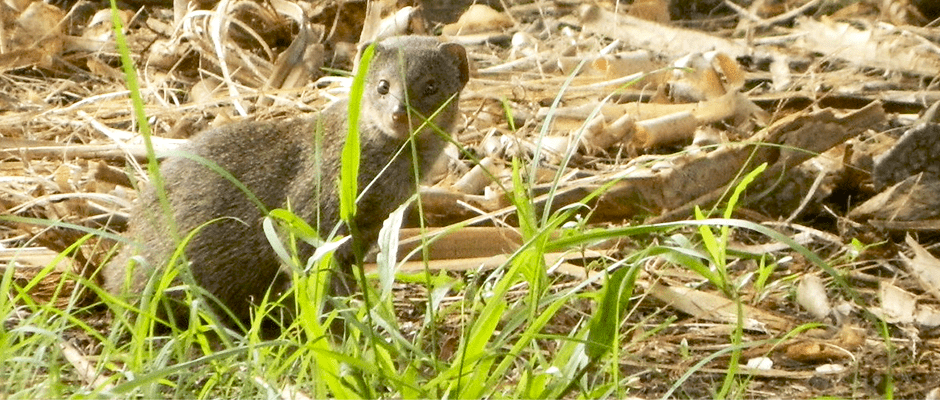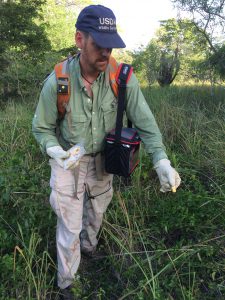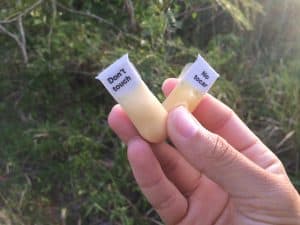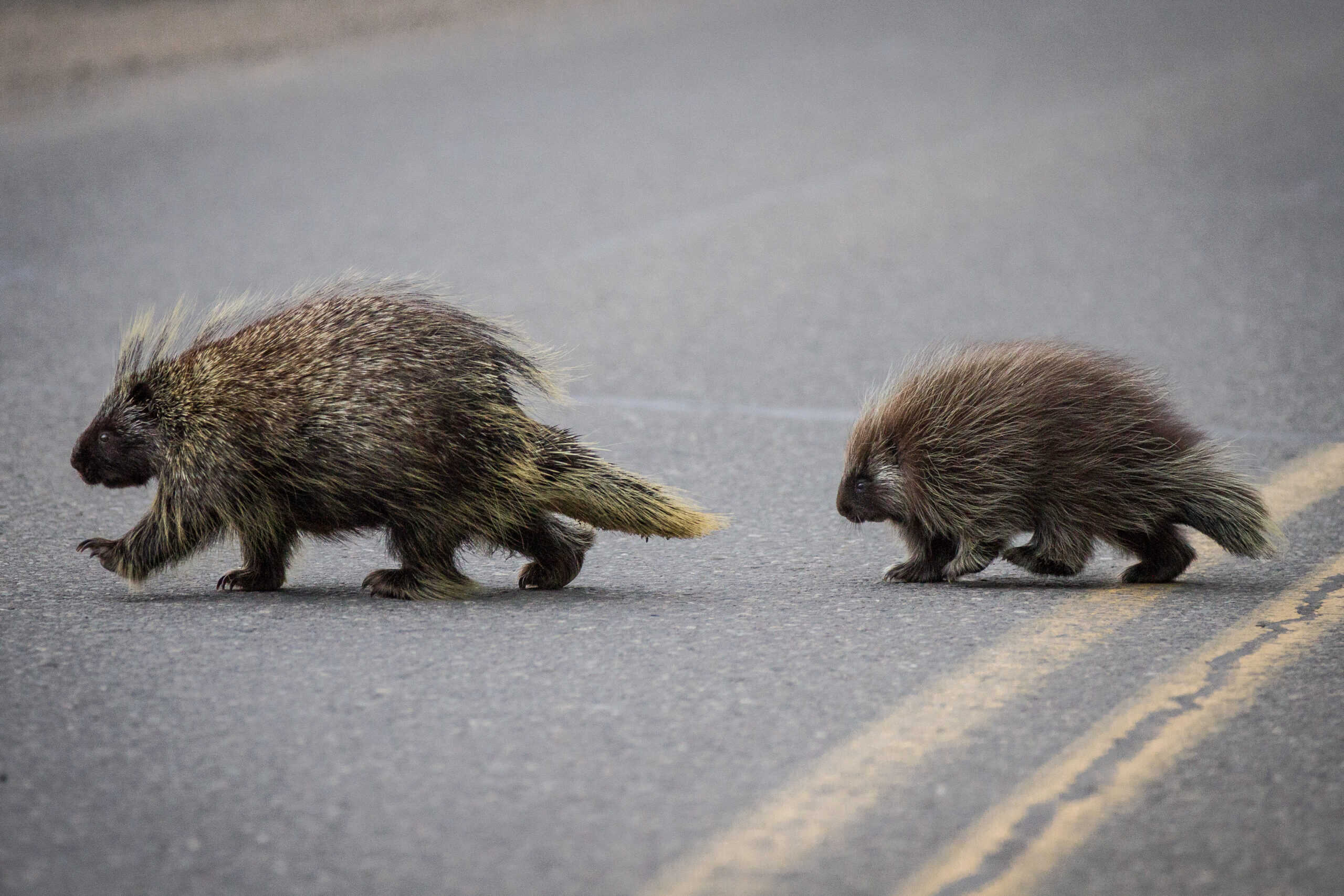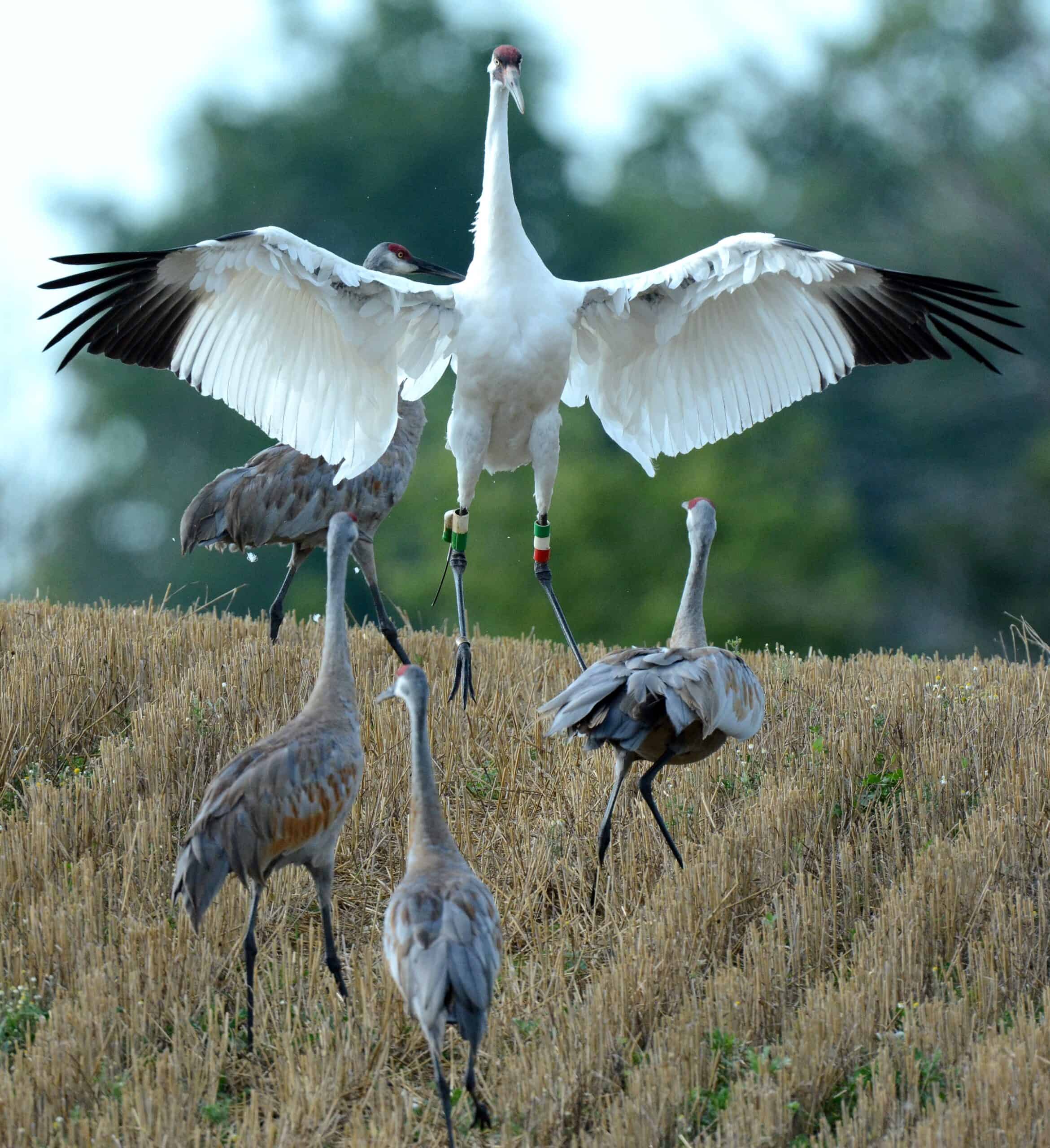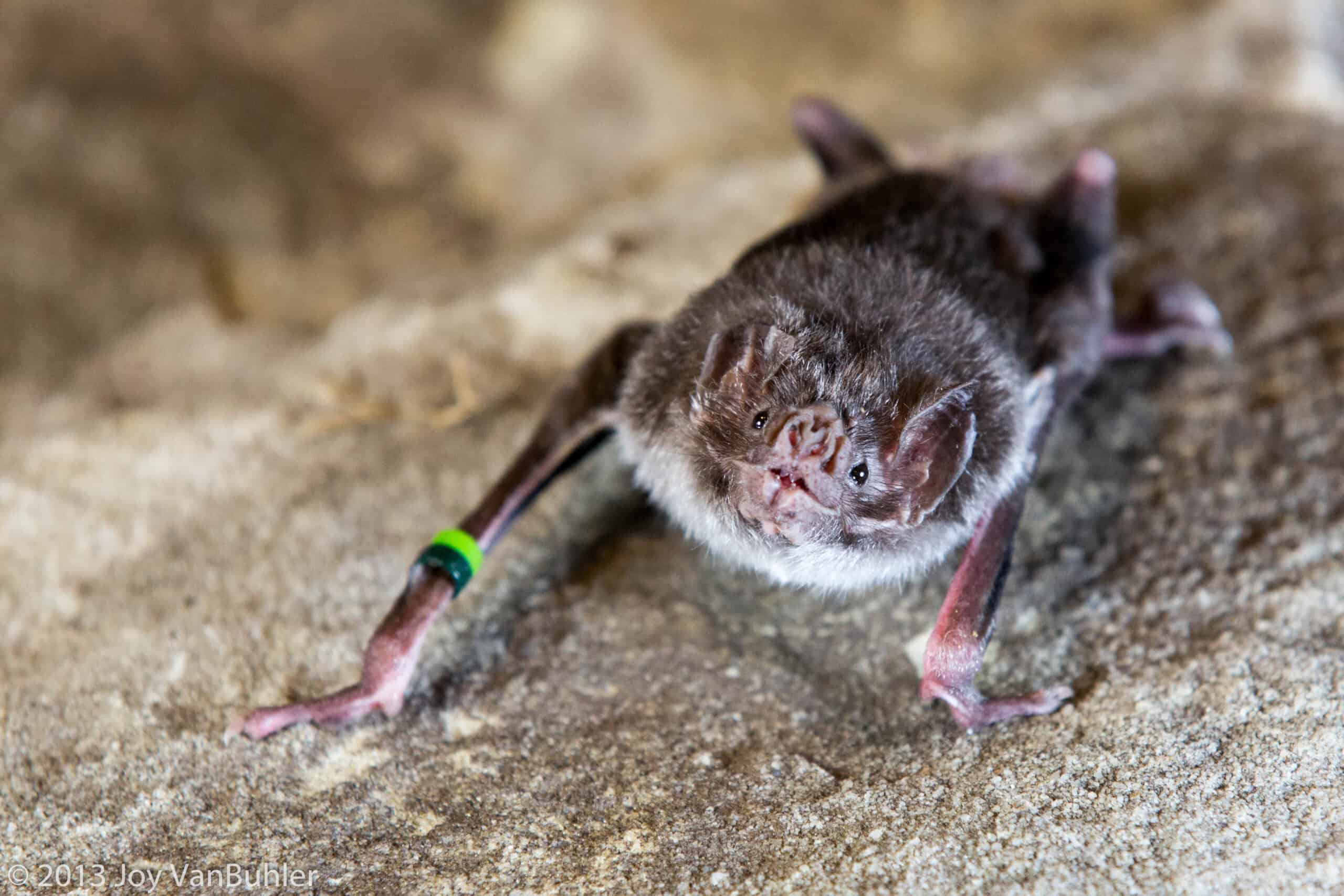Share this article
Expanding rabies work to mongooses in Puerto Rico
The small Indian mongoose (Herpestes auropunctatus) was introduced to Puerto Rico during the 19th century to control rats on sugar cane plantations. Since then, this invasive species has become not only an agricultural pest, but also a rabies reservoir.
“Mongooses account for more than 70 percent of the reported rabies cases in Puerto Rico,” notes National Wildlife Research Center (NWRC) wildlife biologist Are Berentsen, who has been studying mongooses on Puerto Rico and other islands. “An average of 280 Puerto Ricans are bitten each year by mongooses.”
Two human fatalities have occurred from mongoose-variant rabies in Puerto Rico, the most recent in 2015. Currently, no rabies vaccination program for mongooses exists on the island, and the vaccination of pets and domestic animals is limited.
In the continental United States, the USDA Wildlife Services’ National Rabies Management Program (NRMP) coordinates efforts to prevent the spread of terrestrial rabies in raccoons, coyotes, and gray foxes. These efforts consist primarily of enhanced rabies surveillance and administering an oral rabies vaccination (ORV) program. In order to establish a similar rabies program on Puerto Rico for mongooses, basic information was needed on mongoose population density, home range size, current rabies antibody levels, effective bait formulations and delivery mechanisms.
Starting in 2011, NWRC and NRMP experts began efforts to gather this information. In field studies at El Yunque National Forest and Cabo Rojo National Wildlife Refuge, mongoose population density estimates ranged from 44-75 mongooses/km2 depending on the season. Blood samples showed that 39 percent of sampled free-ranging mongooses had been exposed to rabies. In bait flavor trials, mongooses preferred cheese-flavored baits over coconut and fish, and the major non-target competitors for the baits were black rats.
With many of the basic questions answered, NWRC and NRMP began field trials on World Rabies Day in September 2016 at the Cabo Rojo National Wildlife Refuge and a nearby private property using placebo ORV bait developed by the German company IDT-Biologika. Baits containing iophenoxic acid as a biomarker were distributed by hand at a density of 200 baits/km2.
“Initial results are very promising. More than 60 percent of the 88 mongooses captured after the ORV application contained biomarker residues in their blood, indicating that they had eaten the bait,” states Berentsen. “A second placebo bait application in April 2017 will evaluate seasonal changes in bait uptake by mongooses.”
A video is available here that demonstrates a NWRC wildlife biologist removing a small Indian mongoose from a live trap in Puerto Rico.
Wildlife Services is a Strategic Partner of TWS.
Header Image: ©USDS Wildlife Services



